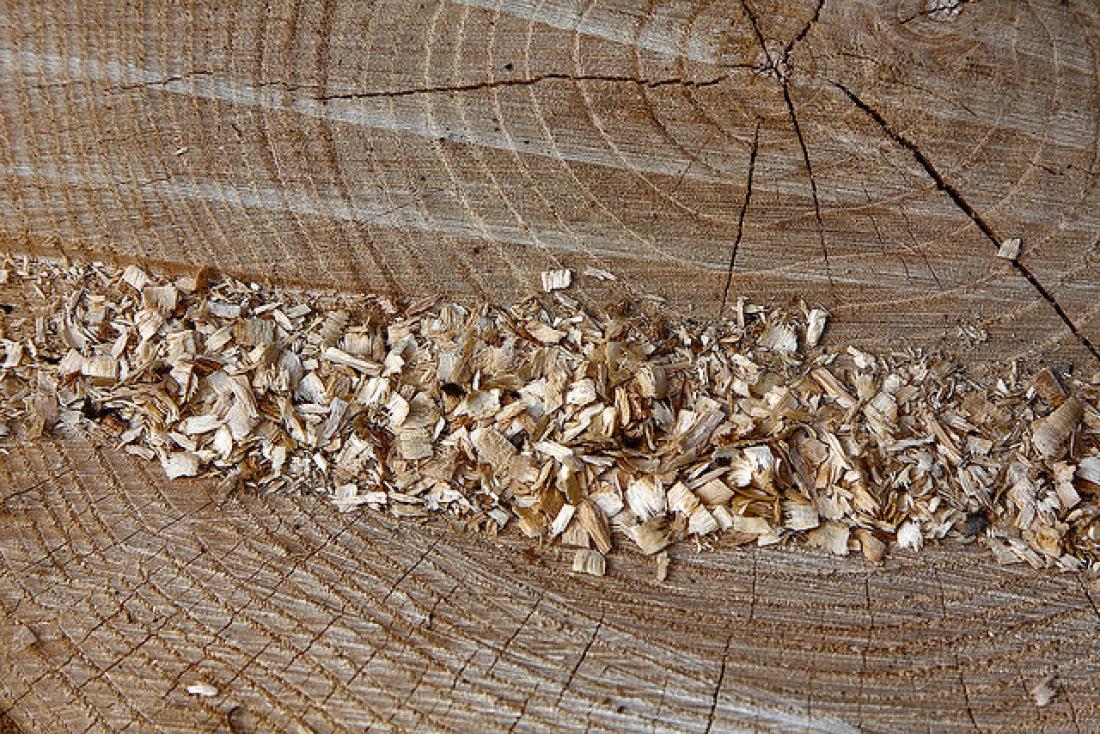In conventional milling operations, a workpiece on a table is typically fed past a rotating multi-tooth cutter, and the entire surface is processed by making a series of overlapping passes. This procedure, however, tends to leave unmilled remnants of material along the edges of the tool path (see image), compromising the quality of the finished surface. Jeong Hoon Ko and Kah Chuan Shaw at the A*STAR Singapore Institute of Manufacturing Technology in collaboration with colleagues at Nanyang Technological University have now shown that inducing ultrasonic vibration during high-speed milling of small metal products can lead to smoother, higher-quality surfaces1.
Vibration-assisted machining has been applied in the past, but mainly to turning or lathing applications, in which the spindle speed was much lower than the vibration frequency. Even when vibration assistance was applied experimentally in milling, the tool spindles turned far slower than the vibration. In contrast, Ko and his co-workers experimentally applied ultrasonic vibrations in a high-speed micromilling system where the rotation frequency of the cutter was much faster than the frequency of vibration.
The researchers established two different test rigs on which they could evaluate the effect of vibration assistance on the machined surfaces. They proceeded to run tests with and without vibrations, in line with and across the direction of the feed. They applied a wide range of spindle speeds and used tool paths with a confined width and depth.
Ko and his co-workers found that the height of the remnant material, called ‘cusp’, can be reduced by applying ultrasonic vibration during high-speed milling with narrow tool paths and removal depths of less than one millimeter, improving the quality of the milled surface considerably. The effect was greater when feed-directional vibration was applied to the material than when the vibration was applied across or perpendicular to the feed, which resulted in the formation of wavy burrs. By comparing and analyzing the feed and cross-feed directional effects using advanced simulations, more accurate recommendations for surface quality improvement could be made. The team also showed that the level of surface roughness is dependent on a combination of factors including feed rate and tool profile, in addition to vibration and tool speed.
“We want to devise a new design that can enhance machining quality by tuning the vibration assistance direction,” says Ko. “Furthermore, we will test novel implementations, including a multiple-cutting mechanism. There are potential commercial applications for precision engineering using our vibration scheme in the die/mold, biomedical and electronics industries.”
The A*STAR-affiliated researchers contributing to this research are from the Singapore Institute of Manufacturing Technology
References
Ko, J. H., Shaw, K. C., Chua, H .K. & Lin, R. M. Cusp error reduction under high-speed micro/meso-scale milling with ultrasonic vibration assistance. International Journal of Precision Engineering and Manufacturing 12, 15–20 (2011).



